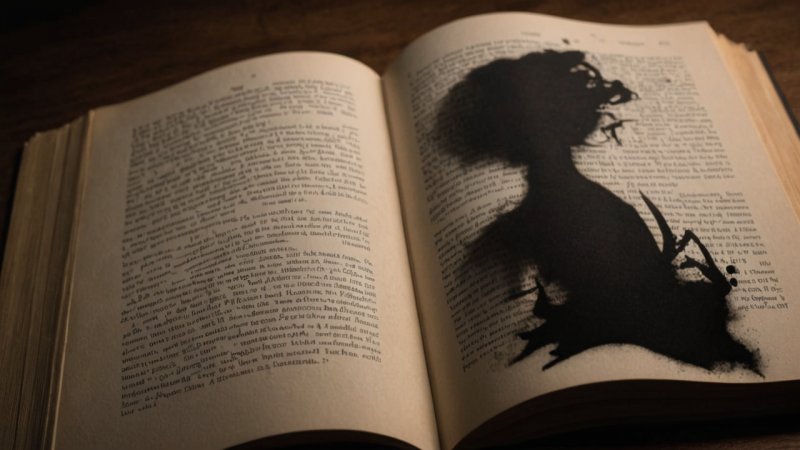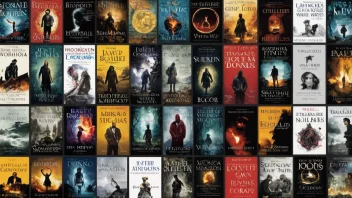Betrayal is a recurring theme in young adult literature, often serving as a catalyst for character development and plot progression. This theme resonates with readers as it reflects real-life experiences and emotions that many young adults face. From friendships to family dynamics, stories of betrayal can evoke strong feelings and provoke thought. Here are five compelling examples of how betrayal is explored in young adult literature.
1. The Dilemma of Friendship in "The Perks of Being a Wallflower"
Stephen Chbosky's "The Perks of Being a Wallflower" delves into the complexities of friendships during adolescence. Charlie, the protagonist, navigates his first year of high school while forming deep connections with his new friends, Sam and Patrick. However, the theme of betrayal emerges when Charlie learns about Patrick's secret relationship with Brad, a closeted jock. This revelation not only affects Charlie's perception of trust but also highlights the struggles of loyalty among friends. The emotional turmoil and the sense of isolation Charlie feels illustrate how betrayal can fracture even the strongest bonds.
2. Family Betrayal in "The Hate U Give"
In Angie Thomas's powerful novel "The Hate U Give," the theme of betrayal is evident in Starr Carter's relationship with her community and family. After witnessing the police shooting of her friend Khalil, Starr grapples with her identity and the expectations placed upon her. The betrayal comes from within her family as they navigate the repercussions of speaking out against systemic racism. Starr's father, who has a criminal past, fears for his family's safety, leading to conflict between what is right and what keeps them safe. This familial betrayal emphasizes the challenges of loyalty in a society fraught with injustice.
3. Love and Deceit in "To All the Boys I've Loved Before"
Jenny Han's "To All the Boys I've Loved Before" introduces readers to Lara Jean Covey, who finds herself in a complicated love scenario when her secret love letters are mysteriously sent to her crushes. The theme of betrayal is highlighted through Lara Jean's relationship with her sister, Margot. When Lara Jean begins to date Peter, one of the recipients of her letters, Margot feels betrayed as she had feelings for him too. This sibling conflict showcases how romantic relationships can complicate family ties and lead to feelings of betrayal, even among those we love the most.
4. Trust and Deception in "We Were Liars"
E. Lockhart's "We Were Liars" masterfully weaves a narrative filled with twists and turns, centering on the Sinclair family and their summer island retreat. The protagonist, Cadence, suffers from amnesia after a mysterious accident and attempts to piece together her fragmented memories. As the story unfolds, the theme of betrayal becomes apparent through Cadence's relationships with her cousins and the dark secrets that emerge. The shocking climax reveals not only personal betrayals but also how deception can stem from love, loyalty, and the desire to protect one another.
5. Identity Crisis in "The Giver"
In Lois Lowry's dystopian classic "The Giver," betrayal is closely linked to themes of identity and conformity. Jonas, the protagonist, begins to question the rigid societal rules that govern his community as he is chosen to be the Receiver of Memory. His mentor, The Giver, reveals the harsh truths about their controlled existence, including the betrayal of individual freedoms for the sake of sameness. Jonas's journey of self-discovery leads him to rebel against the system that has betrayed his humanity, highlighting the importance of individuality and the moral dilemmas that come with it.
In conclusion, betrayal is a powerful theme that resonates deeply within young adult literature, encompassing a variety of relationships and contexts. From friendships and family dynamics to romantic entanglements and societal expectations, these stories offer a profound exploration of trust, loyalty, and the consequences of betrayal. By examining these five examples, readers can gain insight into the multifaceted nature of betrayal and its impact on the characters' journeys.






